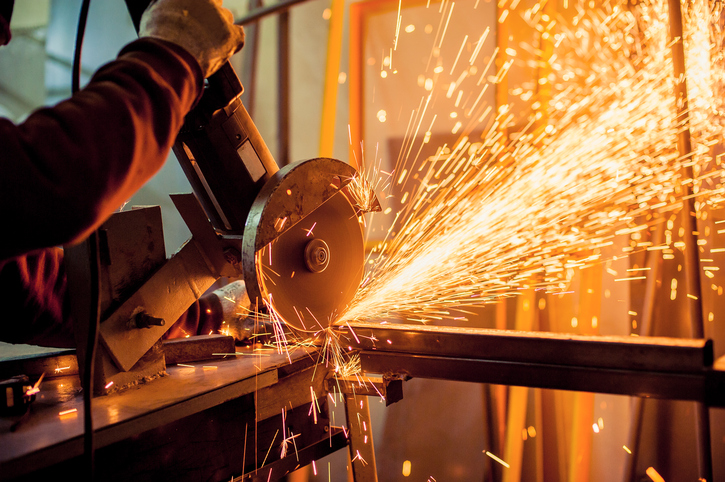“To those concerns you can also add falling East Coast export prices, say Morgan Stanley’s Evan Kurtz and team, and falling coal prices, which would create a ‘meaningful drop in the steel cost curve [that]will likely create an additional headwind for global steel prices,’” reports Ben Levisohn for Barron’s.
“Improved outlook for Chinese demand, supply rationalization, cost-cutting measures and balance sheet repair have improved asset and equity valuations in the North American metals and mining sector over the course of 2016, according to Fitch Ratings,” said the ratings agency in a recent note.
Investors will have to keep a close watch over China, the largest producer of steel, which made up half of the 1.6 billion metric tons produced last year. Beijing has cut back production after the international community accused Chinese producers of dumping excess products on the global market.
“Despite these tactical concerns, any cost deflation related price weakness should have little impact on our mid-cycle margin view, which drives our price targets. While price cycles will never disappear, we believe structural improvements in the form of trade barriers and China supply side reform should allow margins to remain higher on average going forward. Also, we think US mills will benefit from higher volumes and better fixed cost absorption in 2017 as demand for steel in the US is tracking favorably, import pressures will likely remain benign as a result of recent and coming duties, and service center inventories are low. We would view any potential weakness in the space as a buying opportunity and highlight NUE, STLD and X as our top picks,” said Morgan Stanley in a note posted by Barron’s.
For more information on the steel industry, visit our steel category.
